Table of content
Storing vegetables properly is a cornerstone of maintaining a healthy diet, reducing food waste, and saving money. However, the question of whether to refrigerate vegetables often sparks confusion. While refrigerators are designed to slow spoilage, not all vegetables thrive in cold environments. This article explores the science behind refrigeration, identifies which vegetables benefit from chilling, and offers actionable tips to extend shelf life without compromising flavor or nutritional value.
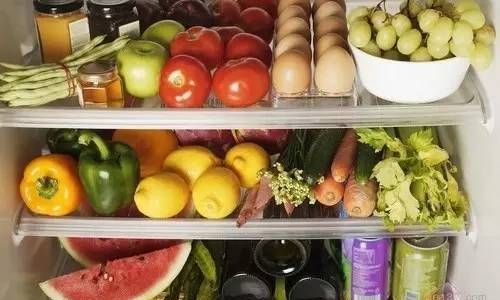
The Basics of Refrigeration and Vegetable Storage
Refrigerators maintain temperatures between 32°F (0°C) and 40°F (4°C), creating an inhospitable environment for bacteria, molds, and enzymes that accelerate decay. Cooling vegetables slows metabolic processes like respiration and ethylene production, which are critical for ripening. However, excessive cold or improper packaging can lead to freezer burn, wilting, or flavor loss.
Vegetables That Thrive in the Refrigerator
Leafy Greens (Spinach, Kale, Lettuce, Arugula)
Leafy greens are highly perishable due to their high water content and delicate leaves. Refrigeration extends their lifespan by 3–5 days when stored correctly.
- Best Practices: Rinse leaves gently, dry thoroughly with a salad spinner or paper towels, and wrap in breathable materials like paper towels or beeswax wraps. Place in airtight containers or resealable bags with a small hole for ventilation.
- Avoid: Storing wet greens, as moisture promotes slime and mold.
Cruciferous Vegetables (Broccoli, Cauliflower, Brussels Sprouts)
These vegetables retain crispness and nutrients best in cold storage.
- Best Practices: Remove any loose leaves, but do not wash before refrigerating. Store in perforated plastic bags or containers to allow airflow.
- Shelf Life: 5–7 days when stored properly.
Herbs (Cilantro, Parsley, Mint)
Most herbs benefit from refrigeration, except basil, which is tropical and sensitive to cold.
- Best Practices: Trim stems, place in a glass of water like flowers, and cover with a plastic bag. Change the water every two days.
- Basil Tip: Store at room temperature in a vase with indirect light.
Root Vegetables (Carrots, Beets, Radishes)
While root vegetables can last weeks in cool, dark pantries, refrigeration preserves their texture and flavor longer.
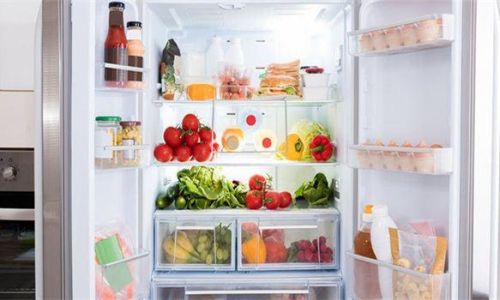
- Best Practices: Remove greens (which draw moisture from roots), store in perforated bags, and keep away from ethylene-producing fruits like apples.
- Shelf Life: 2–4 weeks in the fridge.
Asparagus
This delicate vegetable requires special care to prevent limpness.
- Best Practices: Trim an inch off the stems, stand upright in a jar with an inch of water, and cover the tips with a plastic bag.
- Shelf Life: 3–5 days.
Vegetables That Should Not Be Refrigerated
Tomatoes
Cold temperatures disrupt the ripening enzyme polygalacturonase, leading to mealy textures and loss of flavor.
- Storage: Keep at room temperature away from direct sunlight. Refrigerate only fully ripe tomatoes for 1–2 days to slow decay.
Potatoes and Sweet Potatoes
Refrigeration converts starch to sugar prematurely, resulting in gritty textures and off-flavors when cooked.
- Storage: Store in a cool, dark, well-ventilated pantry (45–50°F/7–10°C).
Onions and Garlic
Cold storage softens their skins and encourages sprouting.
- Storage: Keep in a mesh bag or open basket in a dry, ventilated area. Avoid plastic bags, which trap moisture.
Winter Squash (Butternut, Acorn)
These vegetables require steady, moderate temperatures to cure their skins. Refrigeration can cause chilling injury.
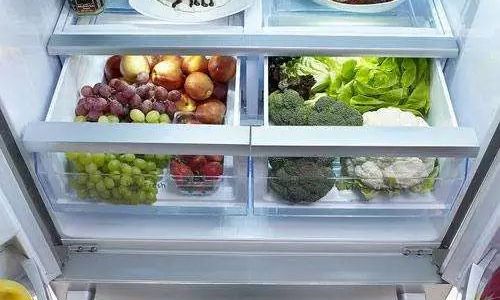
- Storage: Place in a cool pantry (50–55°F/10–13°C) away from moisture.
Cucumbers and Zucchini
While often refrigerated, cucumbers are sensitive to cold and may develop pitting or water-soaked areas.
- Best Practices: Store in the warmest part of the fridge (e.g., the door) and use within 3–5 days.
The Ethylene Factor: Friend or Foe?
Ethylene is a natural plant hormone that regulates ripening. Some vegetables emit ethylene, while others are highly sensitive to it.
- Producers: Apples, avocados, bananas, tomatoes.
- Sensitives: Leafy greens, broccoli, cucumbers, peppers.
Storage Hacks:
- Separate ethylene producers from sensitive vegetables.
- Use produce bags with ethylene-absorbing technology to extend shelf life.
Humidity Control: The Crisper Drawer’s Role
Modern refrigerators feature crisper drawers with adjustable humidity settings.
- High Humidity: For vegetables that wilt (leafy greens, broccoli). The drawer retains moisture.
- Low Humidity: For ethylene producers (avocados, peppers). The drawer allows excess moisture to escape.
Freezing Vegetables for Long-Term Storage
Freezing halts bacterial growth and enzyme activity, preserving vegetables for 8–12 months.
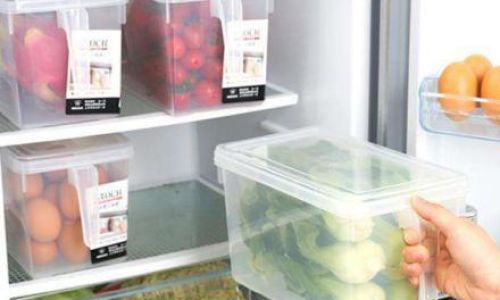
- Best Practices:
- Blanch vegetables (briefly boil, then shock in ice water) to deactivate enzymes.
- Dry thoroughly to prevent ice crystals.
- Store in airtight freezer bags or containers.
- Exceptions: Cucumbers, lettuce, and radishes do not freeze well due to high water content.
Common Mistakes to Avoid
- Overcrowding the Fridge: Poor airflow accelerates spoilage.
- Washing Before Storage: Excess moisture promotes bacterial growth.
- Ignoring Expiration Dates: Use older vegetables first to prevent waste.
- Storing in Airtight Containers Without Ventilation: Trapped ethylene can accelerate decay.
The Environmental Impact of Refrigeration
Refrigerators account for 8% of household energy consumption. To balance preservation with sustainability:
- Set the fridge to 37°F (3°C) and the freezer to 0°F (-18°C).
- Avoid overfilling, which reduces efficiency.
- Opt for energy-efficient models with adjustable humidity drawers.
Conclusion: A Tailored Approach to Vegetable Storage
The answer to “Can vegetables be stored in the refrigerator?” is nuanced. While refrigeration is indispensable for many vegetables, it is not a one-size-fits-all solution. By understanding the unique needs of each vegetable—from ethylene sensitivity to humidity requirements—you can minimize waste, maximize flavor, and reduce your environmental footprint.
Final Tips:
- Label containers with storage dates to track freshness.
- Use leftover vegetable scraps for broths or compost.
- Experiment with fermentation (e.g., sauerkraut, kimchi) to preserve cabbage and root vegetables.
In a world where food security and sustainability are paramount, mastering vegetable storage is a small yet impactful step toward a healthier planet and plate.
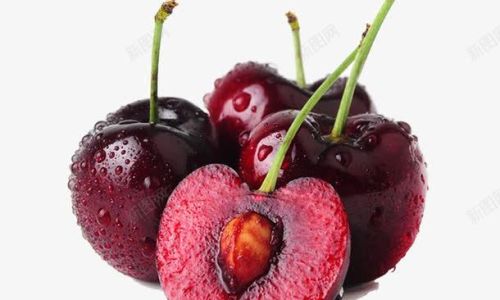
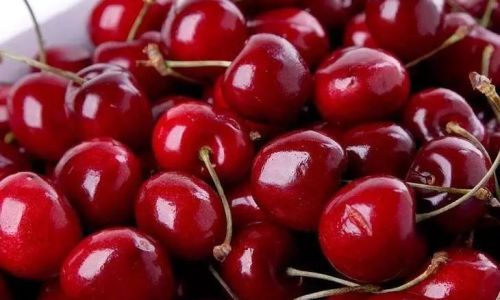
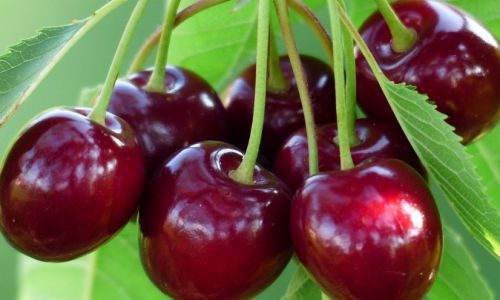
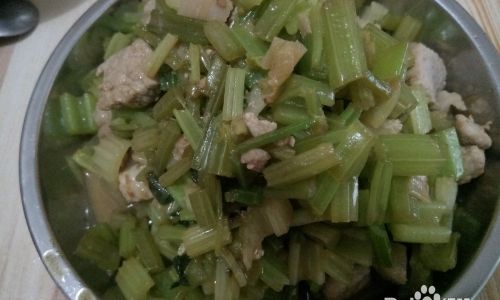
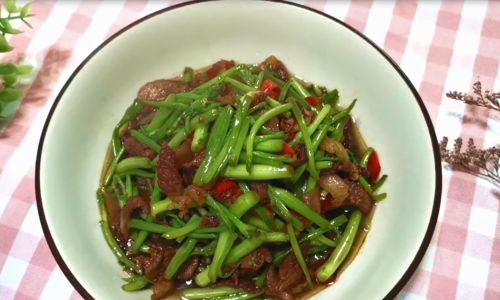
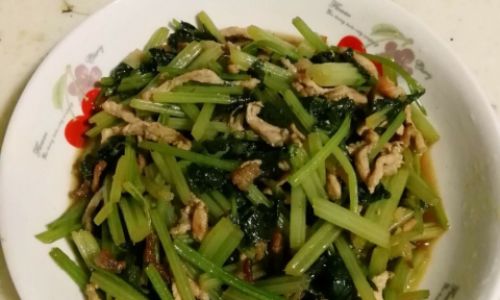
0 comments